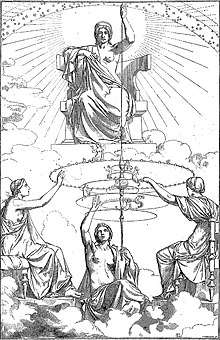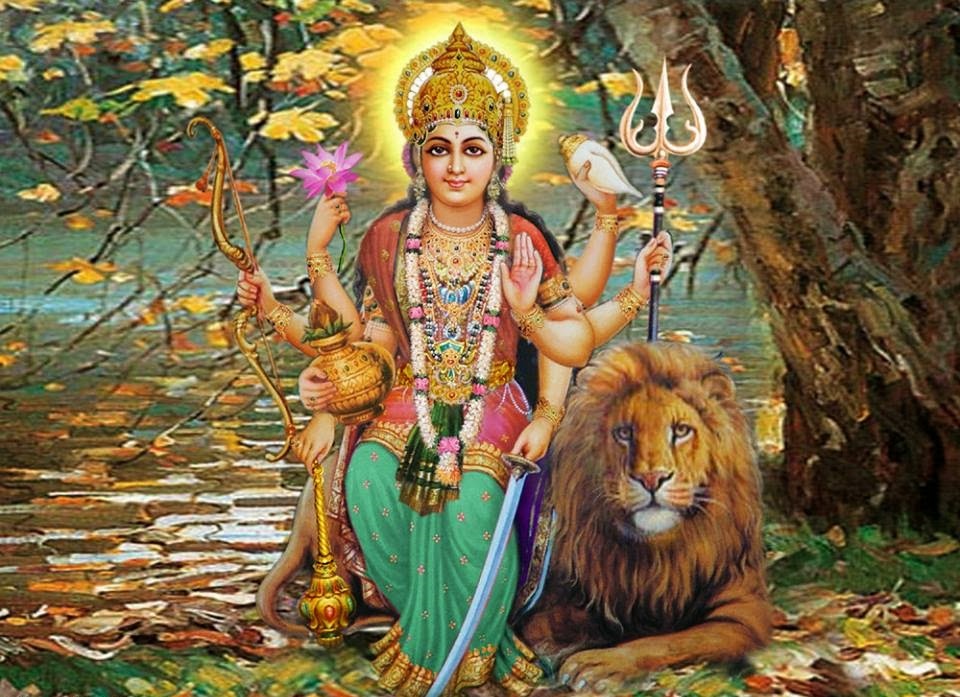A century and a lion
Posted: 13 Jun 2024, 11:15
In Dutch language a 'century' is eeuw and a 'lion' is a leeuw, being practically the same as sound L is a soft consinant. Same in Frisian with iuw and liuw. In Oera Linda book they are HVNDRED/HONDRED/100 JÉR and LAVWA/LÁWA.
Somewhat correspondingly in Finnish Bock family saga a lion or a lion-man (as in Finnish coat of arms) is the symbol for the leading chief Finn called Ukko or Per (cf. Bergelmir, Perkunas etc) and his rule is called period, or Per i Od[enmaa]. This is also the same time unit for the coastal castle in Raseborg being stocked with gifted and collected goods (gold, silver, jewels, artifacts, art pieces) and then put into permanent storage vault in the underground Pohja tunnel museum system in the same Uusimaa coastline. The Old Norse speakers knew this castle narrative as the anonymous castle of Uusimaa coastline (Bálagarðssíðu) in ch. 2 of Þorsteins þáttr bæjarmagns and the underground cave tunnel thing as corresponding Grund of Odainsakr (ie. Pohja of Odenmaa) in Hervarar Saga og Heiðreks.
The lion or lion man association checks out via the Egyptian Atlas association with a lion (Shu), plus the medieval Hindu war history of installing a magnetically levitating lion-man (Nrhari, Narahari) deity image into Finland: Realm of Amazons <-> Baltic Sea Terra Feminarum of Adam of Bremen and Amazon islands and Magus of al-Idrisi; Uttarakuru <=> Old Norse Ódáinsakr and corresponding Finnish Odenmaa. Wikipedia tells of this lion-man image: "he is known as Kala (time) or Mahakala (great-time), or Parakala (beyond time) [...] Time in the personified form, and Time is not bound by anything, and Time does not show mercy, nor does it wait for anything or anyone". In a century most humans will perish (a pun), with those surviving into the 100s, 110s and 120s being rather rare cases amongst us.
Old Norse Freyja, called Aino or Freija in Bock family saga and Frya in Oera Linda book, famously has a legendary chariot pulled by two cats. Frisian Frya has lions lying down at her feet. Therefore, methinks the Dutch and Frisian lion-century association is not necessarily a coincide.
Image: Kaart van de Nederlanden in de vorm van de Hollandse Leeuw, 1598, Joannes van Doetechum (II), 1598 (Rijksmuseum).
Somewhat correspondingly in Finnish Bock family saga a lion or a lion-man (as in Finnish coat of arms) is the symbol for the leading chief Finn called Ukko or Per (cf. Bergelmir, Perkunas etc) and his rule is called period, or Per i Od[enmaa]. This is also the same time unit for the coastal castle in Raseborg being stocked with gifted and collected goods (gold, silver, jewels, artifacts, art pieces) and then put into permanent storage vault in the underground Pohja tunnel museum system in the same Uusimaa coastline. The Old Norse speakers knew this castle narrative as the anonymous castle of Uusimaa coastline (Bálagarðssíðu) in ch. 2 of Þorsteins þáttr bæjarmagns and the underground cave tunnel thing as corresponding Grund of Odainsakr (ie. Pohja of Odenmaa) in Hervarar Saga og Heiðreks.
The lion or lion man association checks out via the Egyptian Atlas association with a lion (Shu), plus the medieval Hindu war history of installing a magnetically levitating lion-man (Nrhari, Narahari) deity image into Finland: Realm of Amazons <-> Baltic Sea Terra Feminarum of Adam of Bremen and Amazon islands and Magus of al-Idrisi; Uttarakuru <=> Old Norse Ódáinsakr and corresponding Finnish Odenmaa. Wikipedia tells of this lion-man image: "he is known as Kala (time) or Mahakala (great-time), or Parakala (beyond time) [...] Time in the personified form, and Time is not bound by anything, and Time does not show mercy, nor does it wait for anything or anyone". In a century most humans will perish (a pun), with those surviving into the 100s, 110s and 120s being rather rare cases amongst us.
Old Norse Freyja, called Aino or Freija in Bock family saga and Frya in Oera Linda book, famously has a legendary chariot pulled by two cats. Frisian Frya has lions lying down at her feet. Therefore, methinks the Dutch and Frisian lion-century association is not necessarily a coincide.
Image: Kaart van de Nederlanden in de vorm van de Hollandse Leeuw, 1598, Joannes van Doetechum (II), 1598 (Rijksmuseum).








